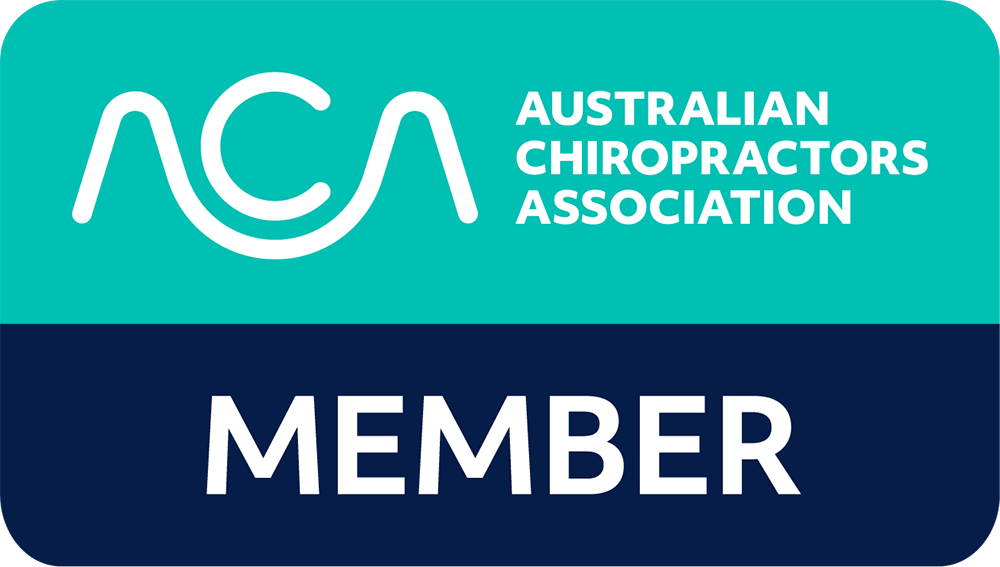Ozone therapy for Lyme Disease
Ozone Therapy is the use of ozone gas (03), which is a molecule that contains 3 oxygen atoms to help alleviate or treat symptoms of certain medical conditions. Ozone therapy has been used for a long time and dates back at least as far as the the first world war where it was used to treat german soldiers who had severe gangrene by putting the affected body part in a plastic bag filled with medical ozone. The first ozone machine was developed in the 19th century by Dr. Joachim Hansler and ozone was first inserted into the bloodstream around the 1940’s by Dr. H Wolff (now known as autohemotherapy). Ozone is even being used in pool systems now to kill microbes as opposed to high amounts of chlorine!
How does ozone therapy work for Lyme Disease?
Ozone therapy is believed to deactivate microbes such as bacteria, yeast, fungi and protozoa whilst also fueling oxygen metabolism and boosting the immune system. So you can see why ozone therapy is believed to be helpful for people with Lyme Disease as outlined below:
- Potential to deactivate the Bb bacteria and coinfections
- Assist with treatment of opportunistic infections such as candiasis (yeast)
- Oxygenise the environment – as it is believed that Bb do not thrive or even survive in a high oxygen environment
- Boost an already depleted immune system – by stimulating white blood cell production and release of cytokines that assist the body to fight the infection.
- Facilitate the elimination of free radicals and neurotoxins caused by the die off of the bacteria itself!
- Aid and support a number of vital functions in the human body.
How is Ozone Therapy administered?
The most common applications of ozone can be broken down into systemic (methods include direct intra arterial or venous, rectal insufflation, major and minor autohemotherapy) or topical applications. The most widely used application for Lyme Disease is major autohemotherapy which is what the St. Georg. Lyme and Cancer Klinik use in Germany.
Major Autohemotherapy (MAHT)
MAHT involves the use of a butterfly needle to extract blood into a glass container. Ozone and oxygen are carefully infused into the blood (that is now outside the body) and then the blood is fed back into the body using an IV drip method. As long as your veins are not compromised the process can take anywhere from 20 minutes to an hour. This is the technique use at The st. Georg Klinik in Bad Aibling, Germany.
Renate Viebahn-Haensler, The Use of Ozone in Medicine, 4th English edition (Iffezheim: Odrei Publishers, 2002), 44-47.

